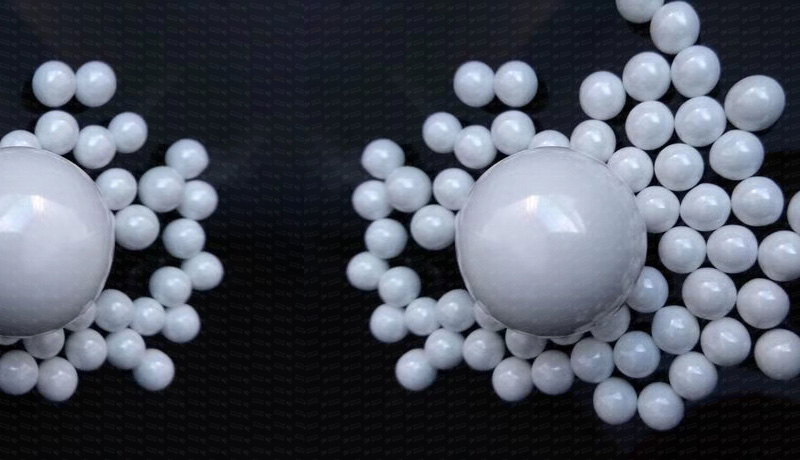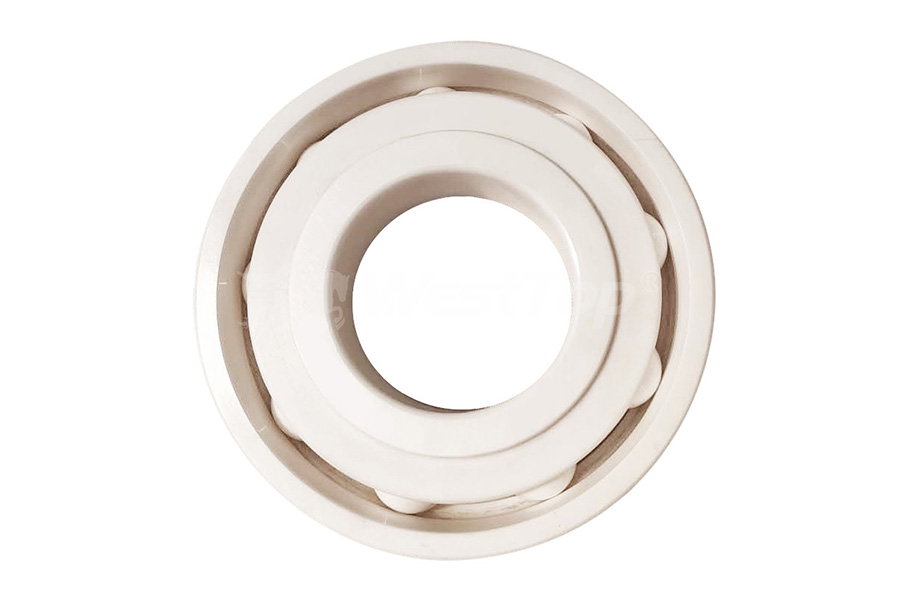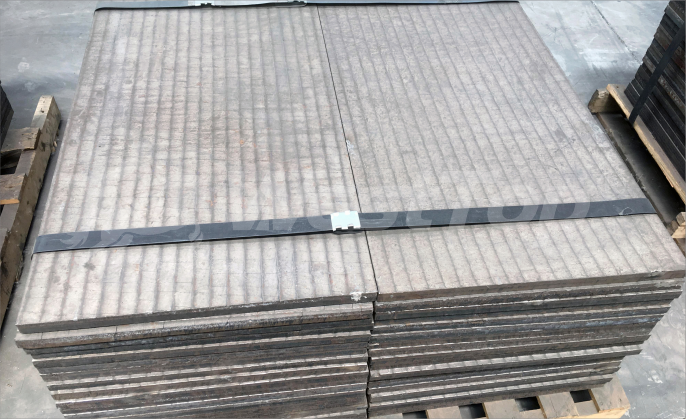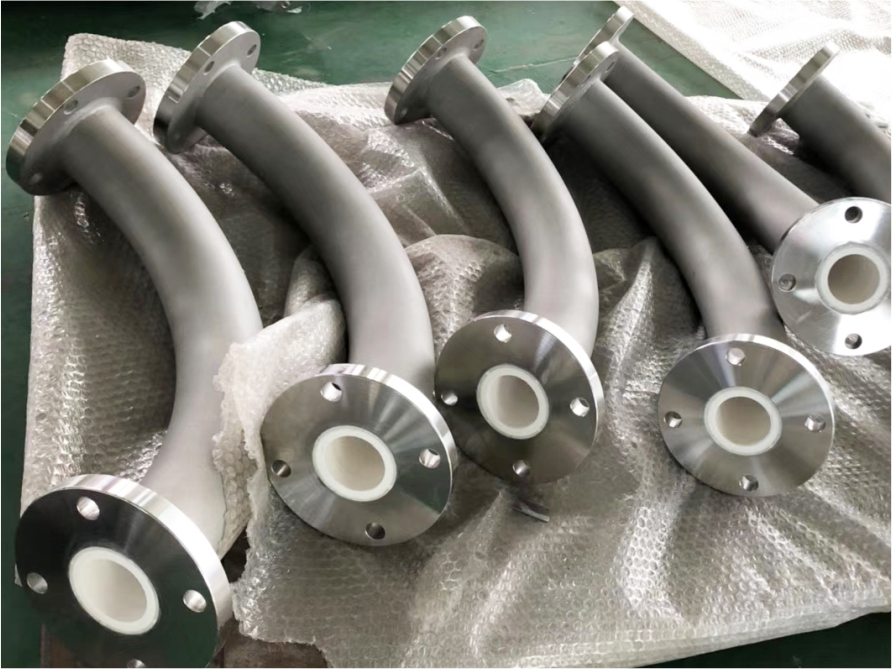Zirconia ceramic is an advanced wear-resistant material. Compared with alumina ceramic, it has higher toughness. The melting point of zirconium oxide is about 2700℃, It has good thermal stability. Because of its high chemical inertness, it is difficult to react with acids and alkalis and is not easily oxidized, so it is often used in harsh working environments.

Pure zirconia is a white solid, which will appear gray or light yellow when it contains impurities. The theoretical density of pure zirconia is 5.89g/cm3, and the melting point of zirconium oxide is 2715°C. Usually contains a small amount of hafnium oxide, which is difficult to separate, but has no significant impact on the properties of zirconium oxide.
Zirconia generally appears in the form of monoclinic crystals. In addition, zirconia also has two high-temperature forms: tetragonal crystal system and cubic crystal system. Usually, when heated to about 1100°C, it will transform into the tetragonal phase and then into the cubic crystal system. The temperature range of the crystal phase is affected by purity, size, process, etc., and will occur from 1165°C to 2350°C. Because the density and volume of zirconia will change when the temperature rises and the crystal form changes, and the opposite will happen when the temperature drops, which can easily cause product cracking, the use of zirconia ceramics in high-temperature fields is restricted.


